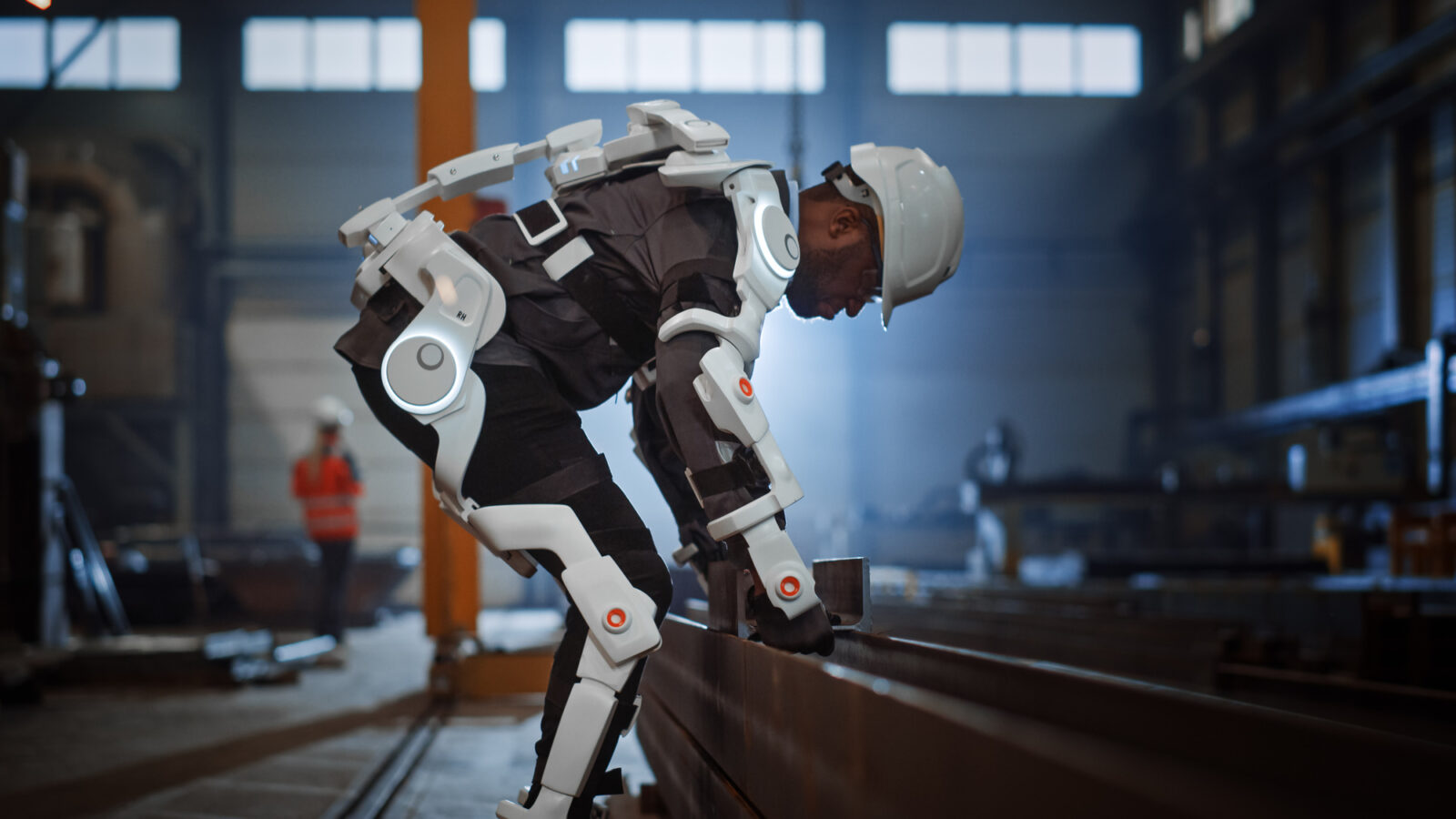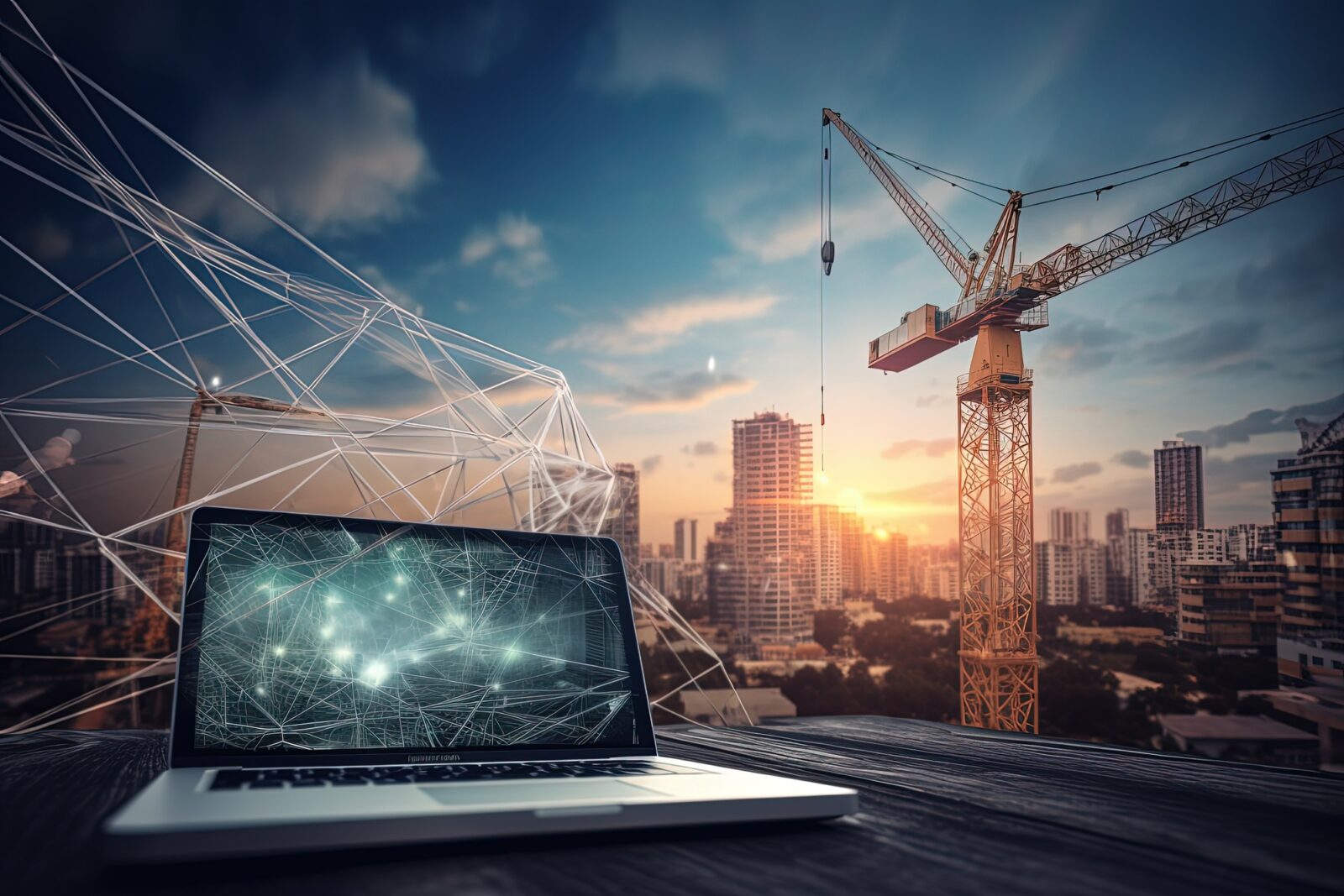There is a new and exciting era of innovation happening in the construction industry right now. This revolution is brought about by cutting-edge technologies that are breaking the grounds of gritty and old construction sites.
Today, construction sites are turned into high-tech hubs. The best part about it is that these futuristic construction technologies offer a sensational boost in productivity and allow for smarter, safer, and greener building practices.
So, how will these innovations revolutionize the construction industry, and how will the builders of tomorrow adapt these advancements? Read on!
Table of Contents
Onsite energy systems
One area seeing rapid change is onsite energy systems. Traditionally, construction sites are using noisy, polluting diesel generators. But renewables like solar, wind, and hydrogen fuel cells now provide viable, clean alternatives. Solar panels can harvest emissions-free electricity even in cramped spaces. Meanwhile, small wind turbines located at height can harness gusts to top up battery stores.
Plus, the emergence of quiet inverter generators allows efficient, low-emission power that is stable enough for most tasks. The best part is that fuel cells efficiently convert hydrogen into steady electrical power with pure water as the only byproduct.
Integrating these various technologies—combining solar and batteries, for example—allows reliable, grid-independent supplies of energy with zero direct greenhouse emissions during generation. Smartphones can even monitor performance and control energy flows.
Robotics and exoskeletons
Robots and exoskeletons also bring advantages over traditional techniques. Electromechanical suits made of sensors, motors, and high-strength alloys provide lift support, helping prevent strain injuries during heavy lifting or handling dangerous loads. Research even suggests that workers who used this technology reported a 25% reduction in sick days.

Meanwhile, efficient robotic cranes can spider along tricky shapes of buildings under construction, working more precisely than humans using arrays of sensors and clever software. As a result, workers will be more capable and freed up for complex and crucial tasks or roles. Teams of smaller robots may also inspect sites for hazards or deliver urgent supplies, helping managers improve site security and logistics.
Autonomous construction fleets
In the future, fleets of driverless trucks, diggers, and drills could work tirelessly day and night with optimal efficiency while coordinated by artificial intelligence optimizers. Complex jobs would be scheduled automatically, breaking them into hundreds of smaller tasks, all necessary for on-time, on-budget delivery while maximizing safety.
Onboard sensors can also provide real-time visibility over materials usage, progress, and manpower availability. Plus, problems like delays would be minimized using predictive analytics and self-directed decision-making to initiate mitigation measures or rapidly deploy additional assets only when truly necessary.
Magnetic levitation transport
Another innovation that can promise huge savings is magnetic levitation (maglev) transport. Powerful magnets allow heavy loads to float, eliminating wheel friction, while linear motors provide smooth acceleration. This can enable fast, quiet delivery of oversized prefabricated modules and custom-designed parts between sites and manufacturing hubs.
Structures can simply click into place like Lego once on location, which can help reduce assembly times. When whole buildings are produced in standardized modules, this technique could theoretically minimize construction programs from years or decades to as little as days for some projects.
Internet of Things sensor networks
Sensors also have an expanding role in optimizing construction. Low-cost microchips can now be easily embedded into materials, equipment, and surrounding terrain to produce continuous real-time data feeds.
They constantly monitor critical statistics like weight loads, vibrations, acoustics, stresses, strains, and temperature, then feed this data into analytical algorithms. This prevents failures, manages fatigue, and streamlines progress while confirming builds proceed to specification.
Laser scanning and photography captured by drones and site robots can also rapidly produce detailed 3D digital twins of project sites. These computational models can help managers meticulously simulate and optimize all activities right down to determining the best locations for temporary material storage areas or positioning of tower cranes.
Enhanced analytics and planning
Alongside these innovations, there are also opportunities to improve more administrative facets. For example, machine learning techniques can now crunch vast quantities of historical and present project data to enhance planning and logistics. This might involve more accurate forecasting of risk levels at different phases, even on entirely new projects.
Generative algorithms can model thousands of scheduling permutations to minimize disruption when reactively redeploying work crews. Deep neural networks could optimize the placement of temporary facilities like construction canteens, parking, or batching plants to reduce pedestrian crossing conflicts, often leading to injuries.
Improved safety
The biggest overall impact of emerging construction technology promises improved safety. Once work begins, vast sensor networks will act like ubiquitous site CCTV, providing multi-angle real-time visualizations so managers can instantly spot risky behaviors or developing hazards and pre-emptively intervene.
If incidents do still occasionally occur, the same networks can quickly identify them and initiate predetermined safety protocols faster than human responses. Better still, future risks should become highly predictable using big data analytics to model leading indicators and then automatically deploy corrective measures before accidents even have a chance of happening.
With so much heavy equipment operating and the continual lifting of cumbersome materials, avoiding harm to workers is arguably one of the largest potential benefits of digitization.
Takeaway
Construction sites are on the cusp of a major high-tech makeover. And even though you haven’t seen anything yet in terms of mass adoption, the pioneering builders testing these snazzy technologies are reporting impressive results. Doesn’t this make you excited for the future of the construction industry?
Contractors who jump on board this high-tech train early and start adapting to this new era may be sitting really pretty as soon as these technologies gain traction. So, the best way forward is to follow suit. Here’s to a safer and more sustainable future!





